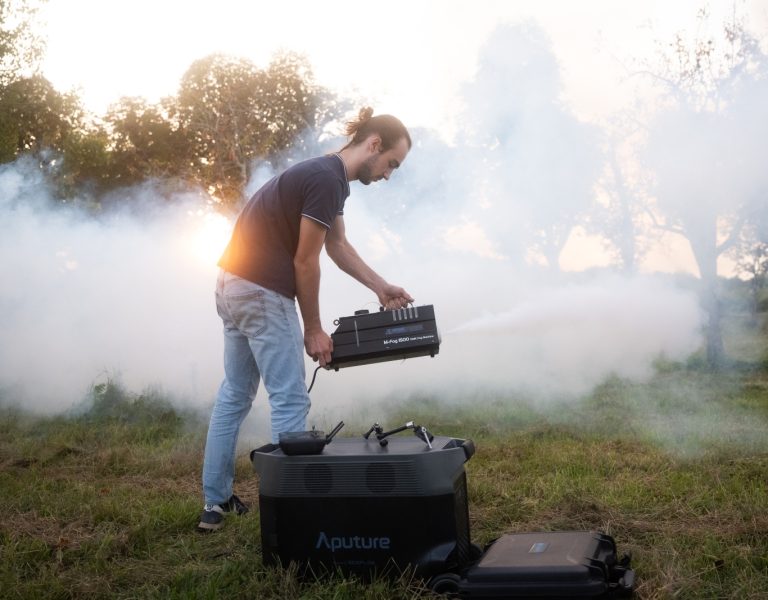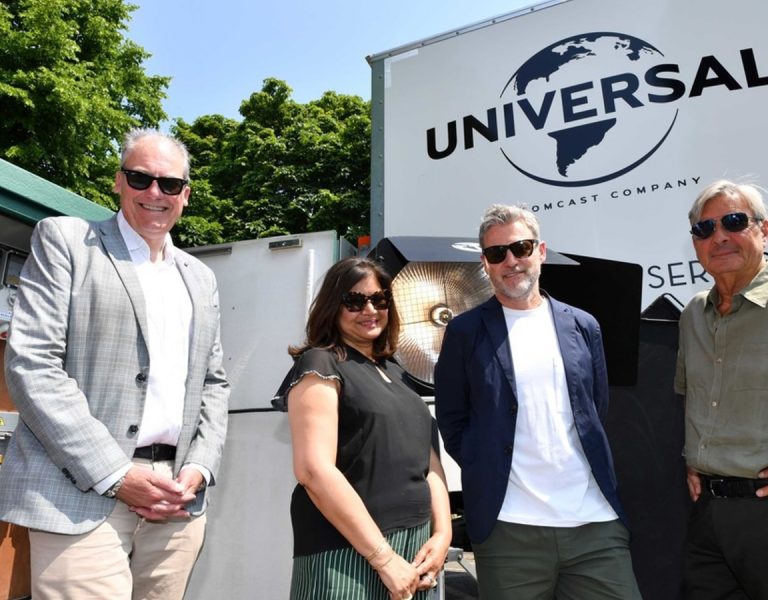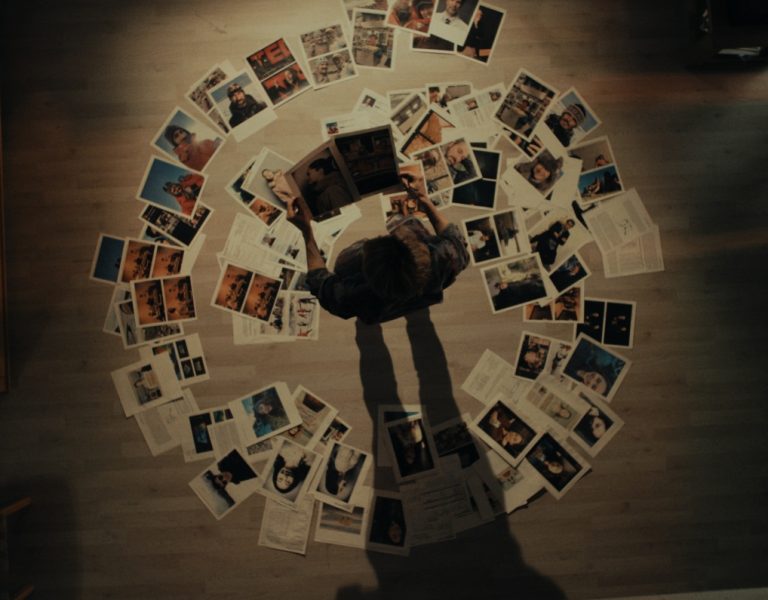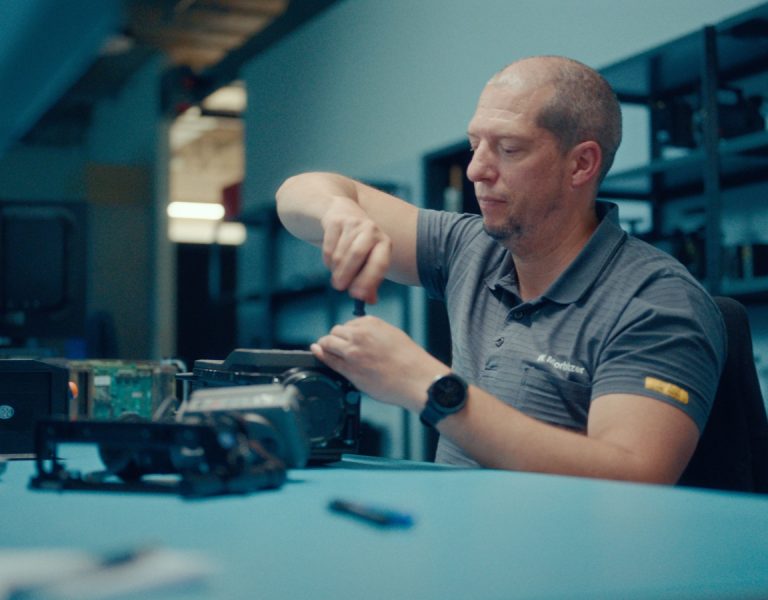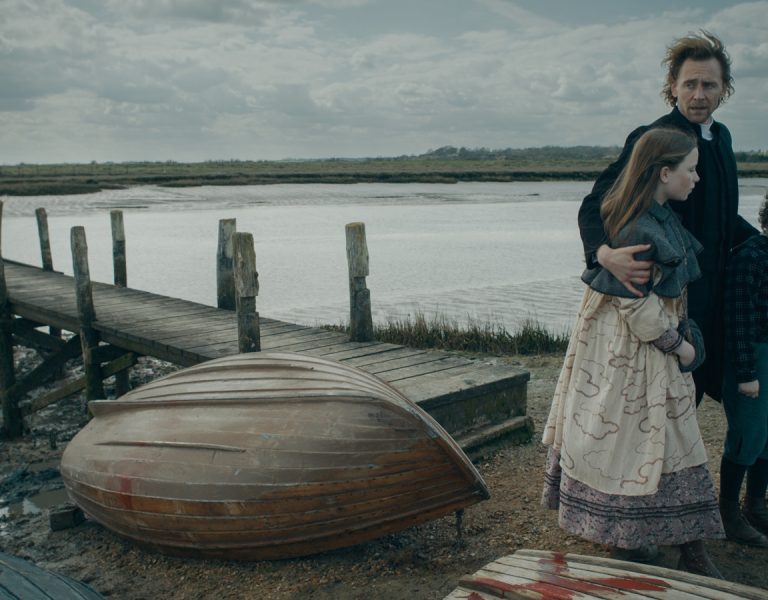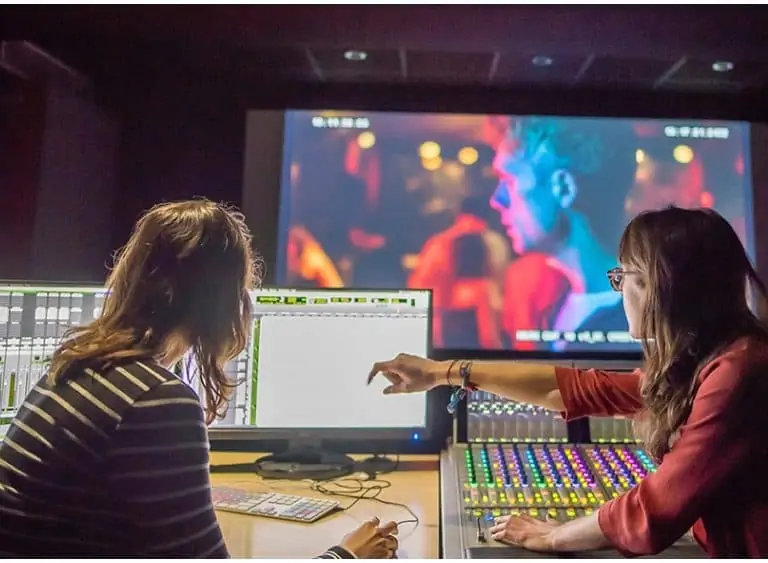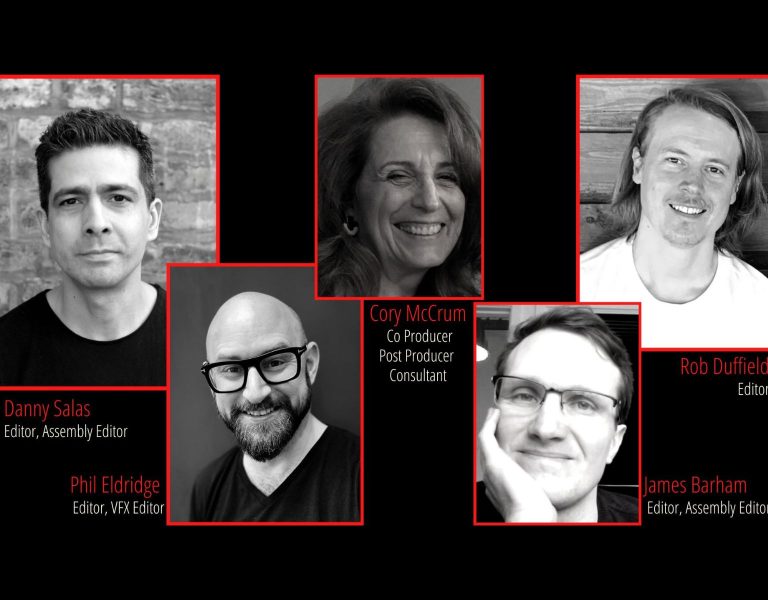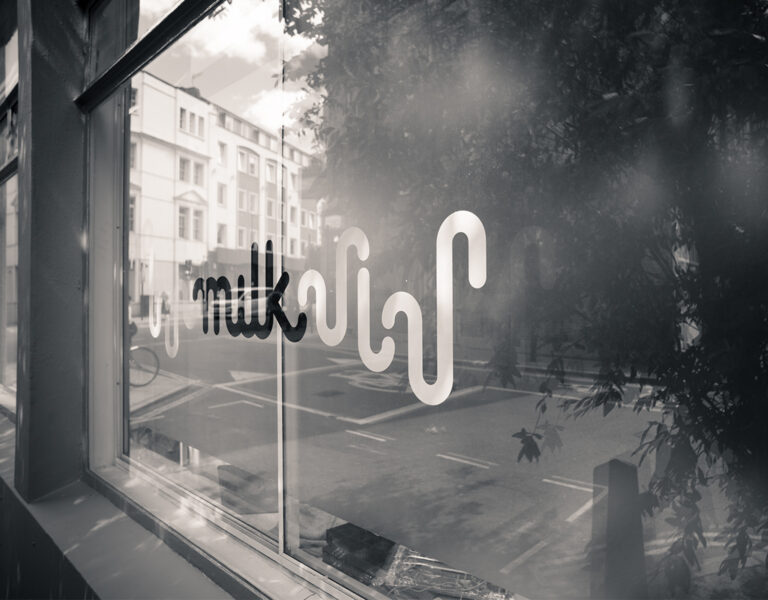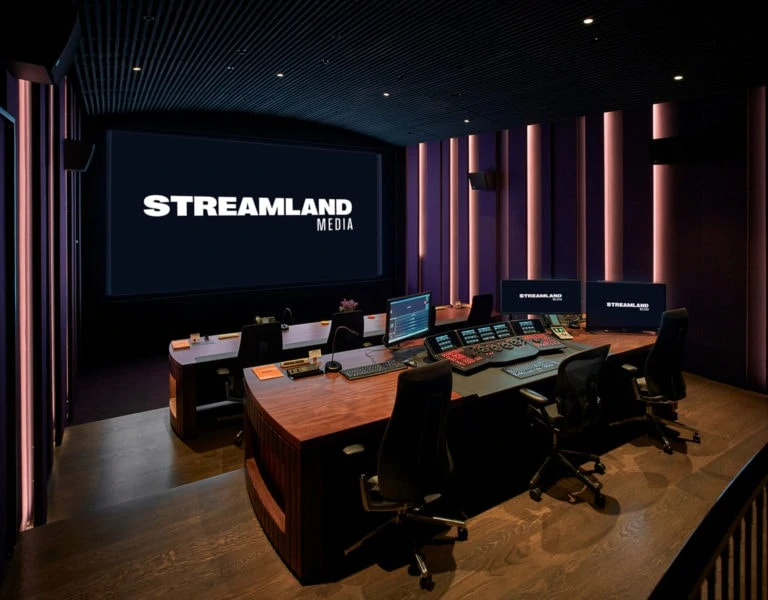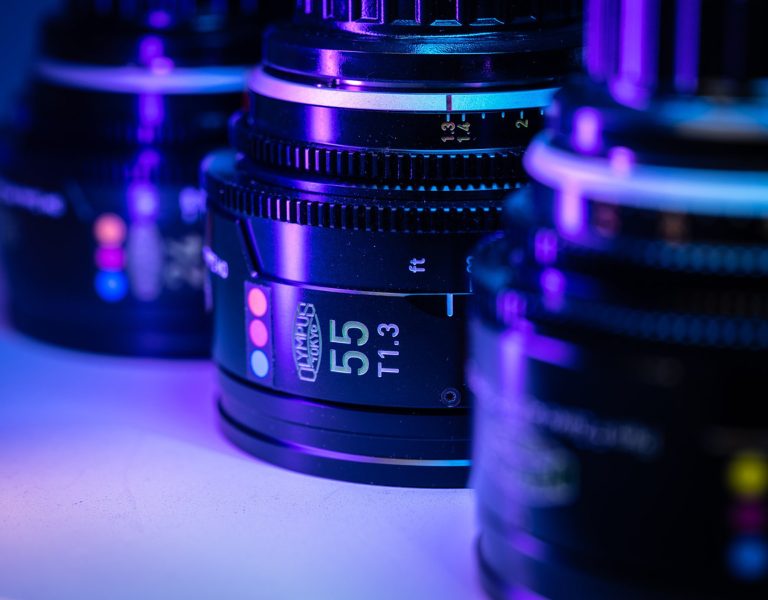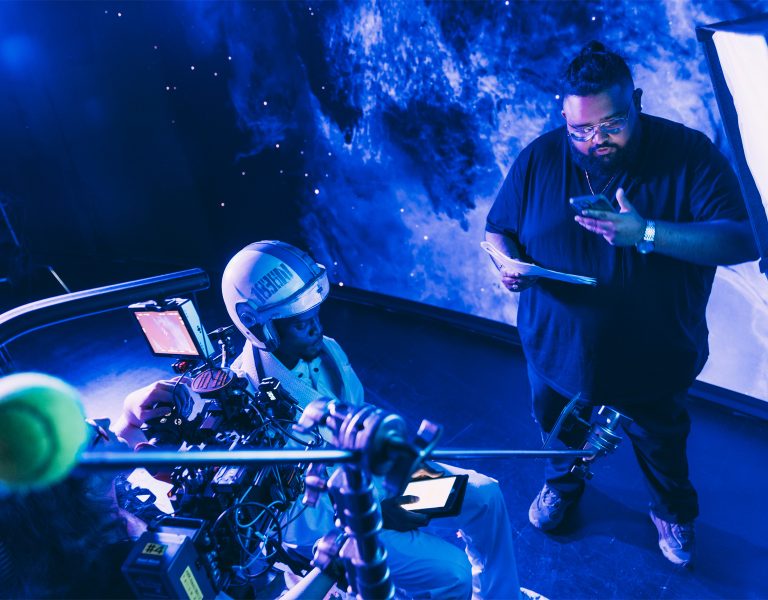Providing secure post-production with Black Photon
Jun 14, 2023
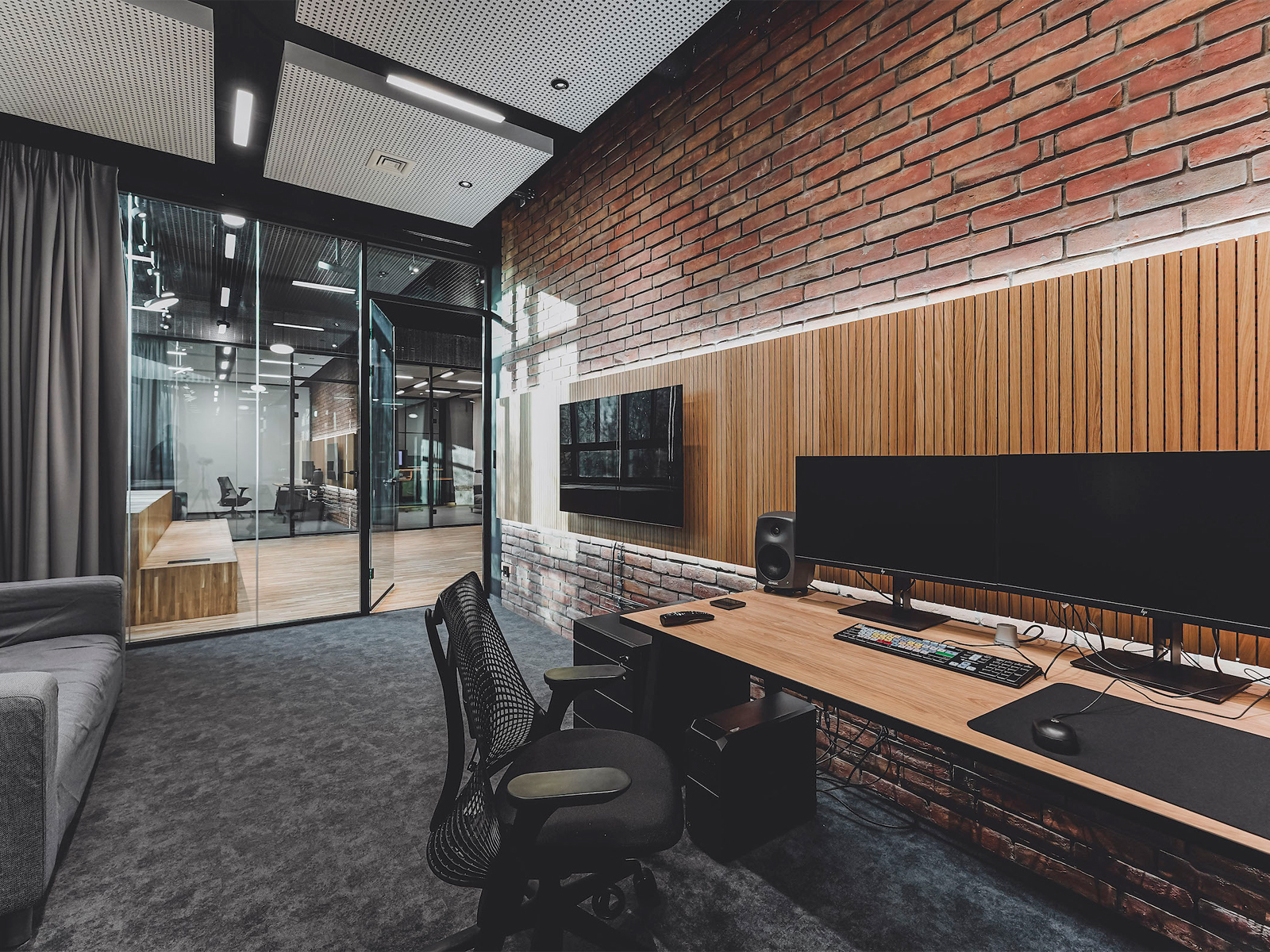
Kamil Rutkowski has enjoyed a long career in the post industry, largely in his native Poland. When the opportunity arose to create his own facility, he was determined to develop a working space that truly met the needs of his clients.
The result is Black Photon, a new full-service post house for television and theatricals, based in the Mokotów district of Warsaw. He has drawn around him a strong creative team including those with Oscar-winning movies in their resumes, as well as television and cinema projects from Poland and beyond. The post house already has a long-term arrangement with Netflix to post its regional and international content.
Paramount to the post industry, Rutkowski sees the importance of developing the next generation of talent. He has established strong links with the Łódź Film School and the Krzysztof Kieślowski Film School at the University of Silesia. As well as receiving mentoring opportunities, students can train and gain experience in best practices at the facility, and use downtime capacity on their own productions.
The Black Photon offering starts before principal photography and encompasses data wrangling on set, as well as providing full post-production, including a digital cinema theatre and Dolby Atmos mixing and dubbing. To round out post-production processes it can also create all deliverables, and provide a secure archive.
To support this, Black Photon needed a central storage facility capable of providing media management and access for multiple simultaneous projects. The server network needed to support both broadcast and digital cinema resolutions, and provide seamless interconnectivity for the broad range of editing and finishing tools.
One principle that Rutkowski was keen to establish was that all the raw footage should be stored in its native resolution. This allows projects to be remastered in the future to meet the needs of 4k and even 8k television, high dynamic range, and emerging digital cinema formats.
Finally, security was seen as critical. The network – and the facility as a whole – had to be resilient against attempts to access high-value content, and against ransomware attacks.
Rutkowski and his colleagues searched the market for storage and management products, and were drawn to Rohde & Schwarz and its SpycerNode systems. “I have a reputation for carrying out extensive tests before I buy anything,” he said. “We spent two days at Rohde & Schwarz, carrying out speed and load tests. We had to be completely satisfied that the solution would do what we needed before we chose it.”
SpycerNode is inherently flexible, and can be scaled at any time. Black Photon selected the 5U84 frame, which as the name suggests occupies 5U of rack height and can house up to 84 disk drives. In a very small footprint, it has the capability to grow up to 1.3 petabytes – that is 1300 terabytes or 1.3 million megabytes, using readily available enterprise-quality disk drives. Even greater capacity can be achieved by networking SpycerNode units together.
The very compact cabinet is an advantage in terms of space, but it also means it consumes relatively little power and generates little heat and therefore imposes no load on the air conditioning. That is an important factor when considering the environmental impact.
Internally, SpycerNode uses IBM HPC (high performance computing) technologies, including Spectrum Scale erasure coding, for extreme security and resilience. This unique technology sets Rohde & Schwarz apart as the sole provider in the media industry offering the highest level of erasure coding, resulting in unmatched data protection.
What this means in practice is that each creative suite has direct access to the content appropriate to it, with very high-speed connectivity for realtime workflows. Projects are moved through the facility as appropriate: from editorial to grading and audio dubbing, then to finishing and deliverables.
With all content stored and handled as data files, the security risks are high, and the system is designed to provide the highest level of protection. Valuable content within the facility is protected from piracy, and the whole network is very carefully secured against cyber-attacks that might threaten its safe operation.
One of the simplest yet most effective security measures is that the R&S SpycerNode has granular control regarding internet connectivity eliminating risks from cyber-attack. Ingest is via isolated systems, and where remote access is needed for location editing, content transfers are initiated at the facility through carefully secured portals.
Equally simple but effective is physical access control. Clients are limited to the suites carrying out their work, and only the highest level of privilege is allowed into the machine room which includes the central server. Each workstation only has access to the content relevant to the project, and student work is partitioned away from commercial work as an additional layer of protection.
As a result, Black Photon is working towards certification by TPN, the Trusted Partner Network of the Motion Picture Association. This is regarded as the highest audited level for content security.
Black Photon is a relatively new facility but already a major player in the market. It was designed from the start to create an environment and ambience which allows creative people to get on with their work. That goes all the way from careful use of natural light in the suites to providing seamless access to preferred tools and project media.
Central to achieving creative success is the ability to focus on the job in hand without concern for the technology that underpins it. Kamil Rutkowski and his team at Black Photon have built an infrastructure that puts the right media in the right place and securely protects it at all times.






